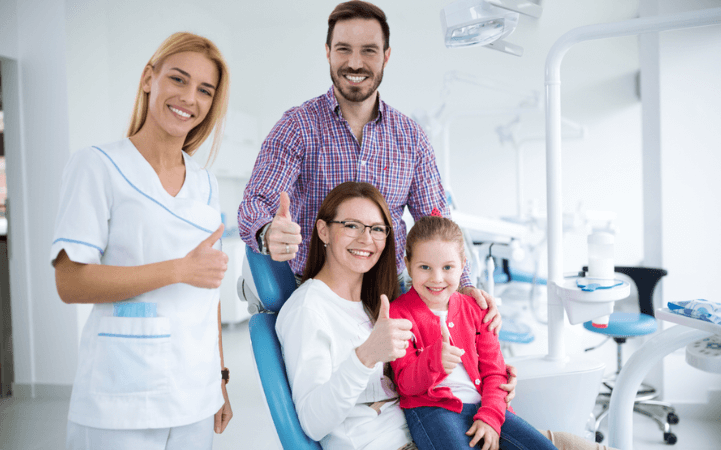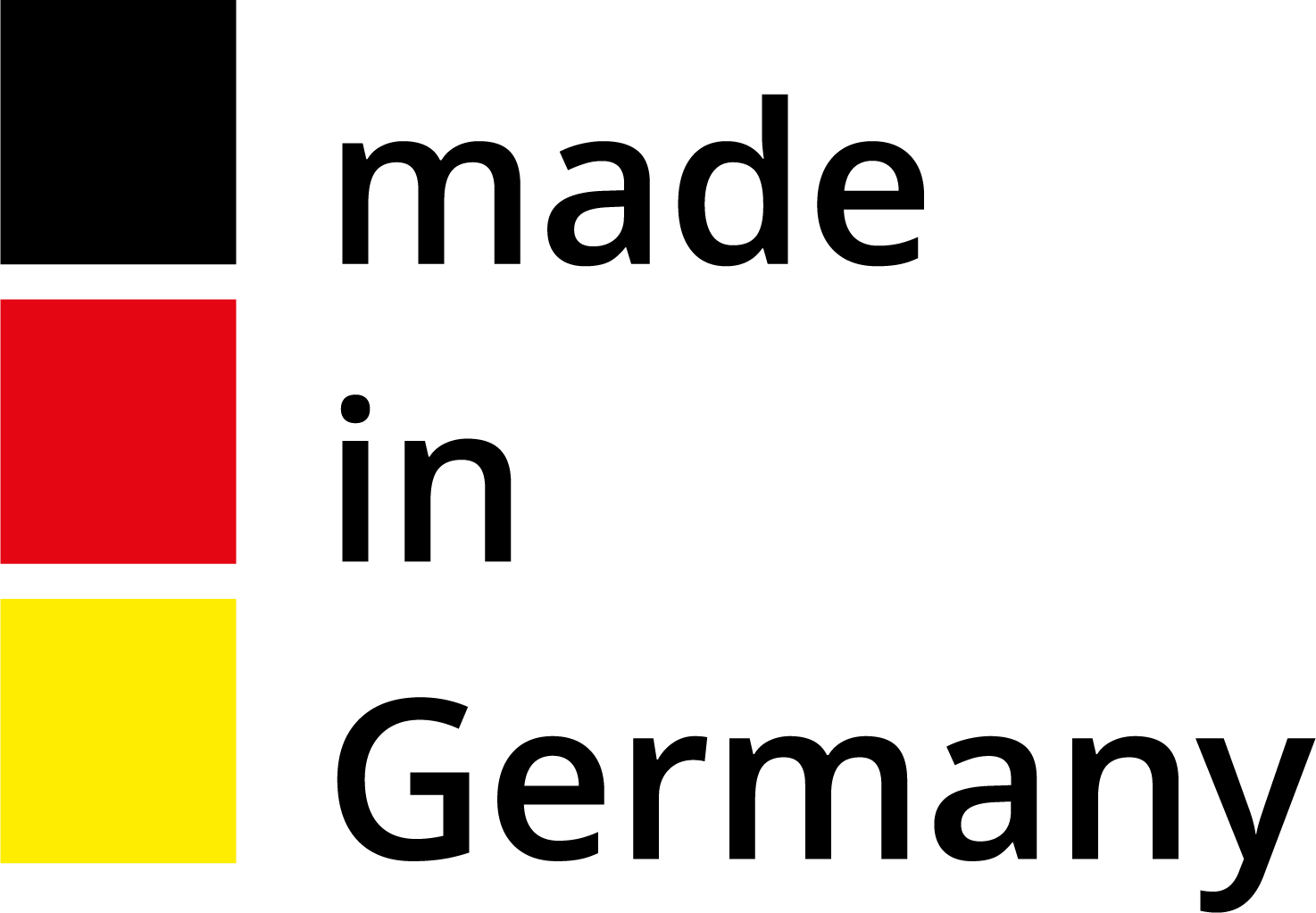Affordable Orthodontics: Quality Treatment Without The High Cost
Traditionally, people associate orthodontic care with high expenses, which results in widespread unavailability of suitable orthodontic treatment throughout families and populations. The field of dentistry keeps advancing while service providers compete more strongly to bring affordable orthodontic treatment to an increasing number of patients. Continue reading as this article explains methods to access dependable orthodontic treatment at inexpensive rates while examining how orthodontic braces provide healthcare benefits for many groups. Understanding the Significance of Orthodontic Care Orthodontic treatment extends beyond improvement in visual appearance. The improper positioning of teeth generates various health problems, including chewing, speech issues, and increased risk of dental cavities and gum disease.Individuals who need dental care and braces should find affordable dental care that lets them maintain their oral health and confidence while avoiding costly expenses. Orthodontic treatment implemented correctly helps individuals prevent temporomandibular joint (TMJ) disorders from developing which can cause pain alongside jaw discomfort. The Myth of High-Cost Orthodontic Treatment Most individuals think it takes enormous financial expenses to get a healthy smile with straight teeth. While it’s true that some orthodontic treatments have high costs, patients who need orthodontic treatment have multiple methods to access less expensive options, although some treatments can be costly. Patients today can quickly receive affordable orthodontic braces treatment options and high-quality care that costs much less than conventional care rates. However, people need to examine orthodontic solutions from different healthcare facilities first. This practice can help them identify treatment options that match their financial capacity. Exploring Affordable Orthodontic Options Orthodontic treatments exist at various cost ranges, which include: 1. Traditional Metal Braces Metal braces continue to be one of the most economical and widely used orthodontic techniques. The device delivers trustworthy results while remaining more affordable. 2. Ceramic Braces People seeking discreet orthodontics can choose ceramic braces since they work identically to metal braces while having tooth-colored brackets. While being slightly more expensive, ceramic braces offer an affordable orthodontic solution than other alternative treatment options. 3. Clear Aligners The rise in popularity of FirstClass Aligners alongside other clear aligners occurred because people found them both easy to use and aesthetically appealing. A few affordable orthodontics offer budget-friendly programs for aligners to help customers obtain more affordable treatment. 4. Lingual Braces Some orthodontic professionals who offer lingual braces (placed behind the teeth) may offer flexible payment plan options to reduce their costs for patients. 5. Self-Ligating Braces These types of braces operate with a different mechanism that reduces discomfort and frictional forces. Lingual braces often carry higher prices than conventional braces but can shorten treatment time, potentially saving patients money in the long run. 6. Hybrid Orthodontic Treatments Some orthodontic professionals offer a combination of traditional braces with clear aligners to develop cost-effective and visually pleasing treatment solutions. A combined treatment method allows patients to enjoy both therapy advantages while maintaining affordable prices. How to Find Affordable Dentistry And Orthodontics Individuals can find affordable orthodontic braces without compromising on the quality through several ways: 1. Compare Prices and Treatment Plans Since the charges of orthodontic treatments may vary between different orthodontists hence it is essential for an individual to compare the plans and prices between them. Many clinics give free consultation services that enable individuals to explore affordable treatment options. 2. Seek Out Community Clinics and Dental Schools Dental schools and community clinics offer cost-effective orthodontic treatments to the public under training programs. Under these training programs, dental students under professional supervision treat patients at significantly reduced fees. 3. Check for Insurance Coverage Medical insurance policies usually provide reimbursement for the expenses of braces and aligners. It is essential for the individual to contact the insurance provider to learn about benefits coverage and determine if they qualify for the coverage. 4. Consider Payment Plans and Financing Options Dentists and orthodontists offer flexible financing plans, such as subscription-based dentistry with adjustable payment programs to let patients pay their treatment expenses across multiple months or years. This makes affordable orthodontic braces more accessible since you do not need to pay for everything at once. 5. Look for Special Promotions and Discounts Orthodontic facilities often give deals and unique discount opportunities for military service personnel together with families and students. Individuals should keep an eye out for these deals and promotional offers, which enable them to save money when acquiring treatment. 6. Opt for Partial or Limited Treatment Limited orthodontic treatment is a type of treatment that focuses on specific teeth and is beneficial if complete orthodontic treatment isn’t necessary. Such a treatment approach grants substantial savings opportunities without compromising treatment quality and helps achieve satisfactory results. 7. Use Flexible Spending Accounts (FSAs) or Health Savings Accounts (HSAs) Individuals can use tax-free resources such as FSAs and HSAs provided by their employers to cover the orthodontic treatment costs, allowing individuals to make payments for dental treatments easily. The Benefits of Affordable Orthodontics Patients choosing affordable dental services followed by inexpensive orthodontic solutions doesn’t mean they receive substandard care. Many budget-friendly orthodontic treatments use identical high-quality materials and therapy approaches to standard expensive solutions. Reasons which make affordable orthodontics advantageous include: Common Concerns About Affordable Orthodontics Treatment Many patients doubt that low-cost orthodontic treatment will deliver ineffective results compared to regular procedures. However, many budget-friendly options lead to successful results for patients. Individuals should select a reputable orthodontist who offers high-quality services at a fair price. Additionally, specific individuals believe that low-priced braces would be uncomfortable and will need longer-duration treatment. While treatment duration varies depending on individual patient cases, modern orthodontic technology delivers efficient and comfortable treatment experiences even at affordable options. Patients should share all their concerns about affordability and comfort issues with their orthodontist. The Future of Affordable Orthodontics The rising need among patients for inexpensive orthodontic treatment and dental services has led many dental clinics to provide affordable services. Individuals now find dental care easier due to 3D printing with intraoral scans, tele-orthodontics, and at-home clear aligner solutions. Price reductions within the dental sector due to increased competition have
Affordable Orthodontics: Quality Treatment Without The High Cost Read More »
















